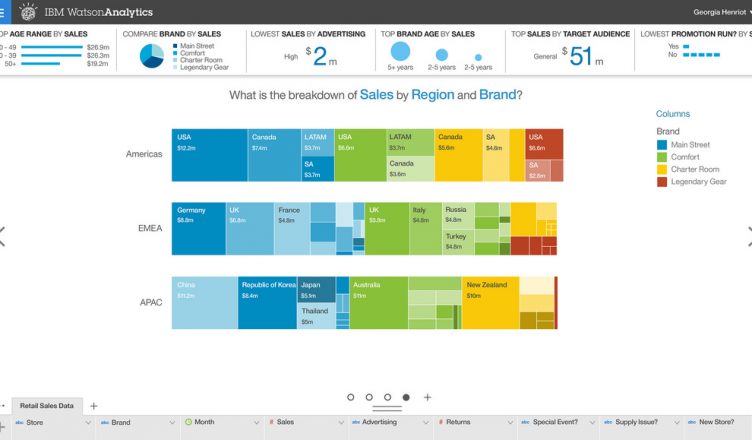Predictive analytics is considered to be a popular choice for strategic supply chain management.
Today, there is a mad rat race among businesses to be the leader in the industry. Thus, it is important to innovate new ways to streamline supply chain and optimize productivity. That said, with modern technology businesses can create better visibility within the supply chain and stay ahead of the competition. One kind of technology is making inroads in the supply chain industry, and that is Predictive Analytics.
Predictive analytics uses ample techniques to analyze past events in order to make forecasts about the future. At present, the biggest roadblock the companies face is accurate demand forecasting. Take for instance, on the basis of current temperature; predictive analytics can understand the number of customers that would come to the coffee store. Also, predictive technology can be used to prepare decision models to make logical decisions on the basis of many variables.
We have highlighted the practice of predictive analytics in supply chain management.
Power of Predictive Analytics
In supply chain management, predictive analytics is on the cusp of creating a deep impression across many industries. It is important for the supply chain management to make the process more accurate, more reliable at a reduced cost. To be on the top of things, supply chain manager needs to utilize advanced predictive analytics.
Generally, long-term forecasting is made to determine whether customers wish to continue with suppliers products or will move on to a new solution. At the same time, other questions are asked: Are suppliers in a good position to provide important resources that the customers need?
Predictive analytics makes a mark in supply chain management by providing accurate forecasts. It means, testing of several mathematical forecasting models from Autoregressive Integrated Moving Average (ARIMA) through multiple dynamic regressions modeling in order to understand which one works the best. It is all about carrying out a test, retest, and zeroing in on the best champion method.
That’s not it.
At the same time, predictive analytics plays a vital role in the mathematics of optimization. If there are more than two cost-benefit curves to compare, optimization techniques have the ability to suggest the optimum tradeoffs between the two, directed by the various external conditions one wants to impose such as least risk, least capital intensive, highest ROCE, etc.
Moreover, at the production level, visualization plays an important role. Visual displays like dashboards on tablets are a good medium for converting large scale action into particular tasks.
The insights that predictive analytics provides help to address difficult questions:
- In the supply chain, where are the major opportunities for additional profits?
- How can you protect margins when demand falls?
Predictive analytics on the factory floor
The factory floor may not be considered to be part of the supply chain, but deferrals can have a huge impact on the overall supply chain performance. Subsequently, predictive maintenance is attaining wide acceptance.
In predictive maintenance, different types of sensors on critical and capital-intensive production machinery need to be installed to detect breakdowns before they occur. Interestingly, data scientists analyze the sensor data to prepare predictive models of various failure conditions.
Having said that, predictive models are used to gauge incoming streaming data from the equipment. For instance, when a fault is detected, a message will be sent in real time to the operator and maintenance staff. Also, a programme can be created where the machine will be shutdown to avoid damage capital asset and disrupt production.
How predictive analytics aid inventory management
There will be considerable benefits in cost structure by implementing predictive analytics in an inventory management, regardless of where the inventory resides within the supply chain. Interestingly, it includes applications like assortment planning and demand forecasting.
Predictive analytics in the supply chain for high-tech industry helps organizations involved in manufacturing and distribution in many ways:
- Augment customer service by providing better availability of both fast-moving and slower-moving merchandise.
- Improve the rate of inventory turnover.
- Increase profit margin by limiting discounting.
- Estimate when to make-to-order and make-to-stock.
- Boost productivity by promising sufficient amount of inventory necessary to meet demand.



